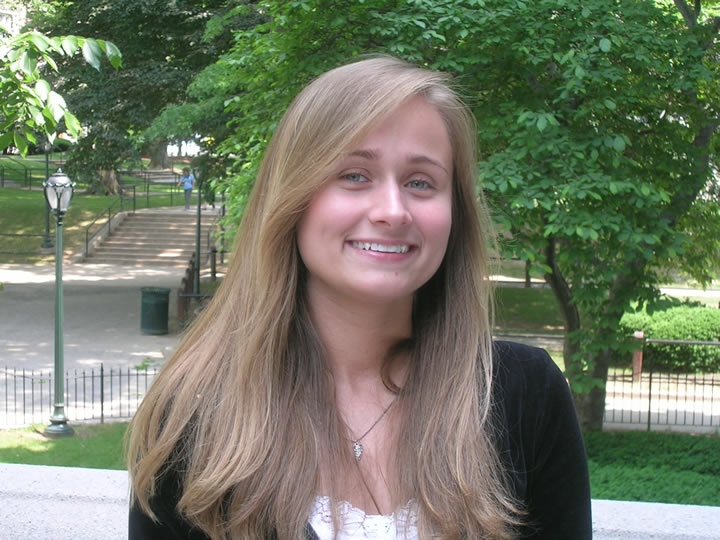 |
|
Jessica Leszczynski: I have been conducting research relating to biophysics since the summer coming into my junior year. I have been studying the stochastic process of calcium ion channels in heart cells. Calcium plays a vital role in the signaling processes within a cell. When the calcium channels within the cell open, in a specific micro-domain, Ca floods the cell. The more calcium which enters the cell, the more the ion channels open as well. If enough of these initial channels open, then a trigger signal is transmitted through the membrane and the remaining Ca ion channels in the cell open. In general, I observed analytically the statistical properties of Ca influx and release in response to a trigger signal. The state of the cluster of ion channels depends on the probability that a certain number of channels are open. The probability is calculated using forward and backward transition rates. The purpose is to examine a number of variations of these rates, numerically as well as analytically, and observe the effects it has on the probability. Through conducting this research I have gained valuable skills in computer programming and computing differential equations. |
| |
|
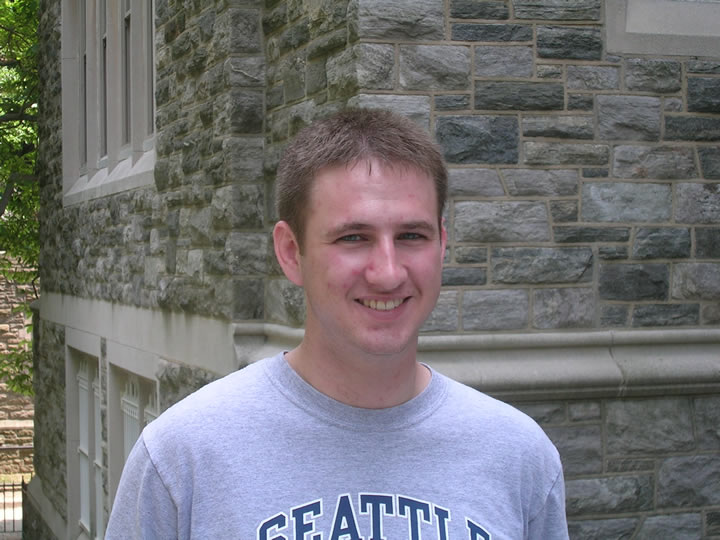 |
|
Matthew Galligan: I started working with professor Das my freshman year. The project I am involved in pertained to adiabatic quantum pumping. We looked into the transmission of single electrons through time-varying potentials. This was done creating a numerical computer program in fortran77 that used a split-step operator method to propagate the wave representing the electron. The split-step operator first uses a fast Fourier transform to convert the wave function of the electron from position space into momentum space. The function is then multiplied by half of the KE operator and then reverse FFTed back into position space where it is multiplied by the PE operator. Finally it is sent through the FFT once more and the last half of the KE operator is done. To find the transmission probabilities I take the integral of the function is momentum space on either side of the origin. To find the current the reflection and transmission probabilities are multiplied by their velocity. |
| |
|
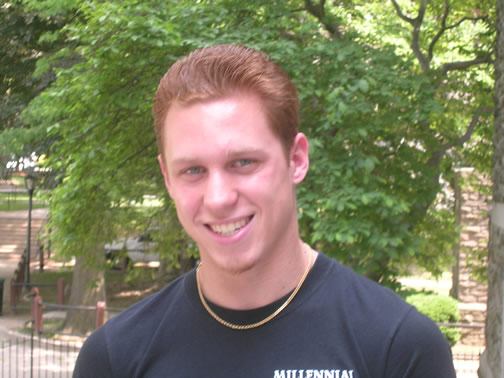 |
|
David Carretero: I am a senior at Rose Hill and have been working with Dr. Kunal Das in the realm of quantum mechanics. Our project has focused on the nonlinear behavior of ultracold atoms in an optical lattice, specifically a lattice of parallel tubes. The behavior of the atoms in the tubes depends on the width of the tubes and the density of atoms. For wider tubes and higher densities, the atoms behave collectively as a Bose-Einstein Condensate (BEC), but in the opposite limit of narrow tube-widths and low densities, we move into the impenetrable Tonks gas limit. Behavior in the BEC limit is well established, we are therefore exploring the behavior of the atoms in the Tonks limit, as well as the transition from the BEC limit to the Tonks gas limit. At the quantum level, atom are characterized by wave functions described by the Schrödinger equation, instead of classic particle equations. We are studying the evolution of these wave functions over time. For the project, I have written several FORTRAN programs to model the behavior of the atoms depending on several variables. After Fordham, I plan on going to graduate school to further my study of Physics. I would like to study areas related to quantum and relativistic physics. |
| |
|
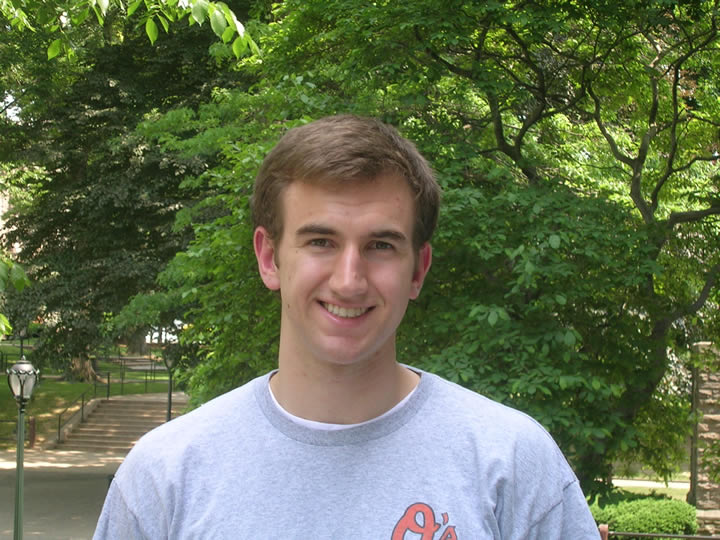 |
|
Daniel Blessing: My research has focused on the use of stochastic modeling to quantitatively describe biological and other rate-driven systems. I spent this past summer at Fordham as a Campion Scholar and paid intern, studying the behavior of ion channels and Calcium signaling in cardiac and nerve cells. My current project is a generalization of this study: the development of a numerical approach for solving biochemical rate equations. Building on the success and accuracy of the Calcium model, we are looking for processes that are non-linear, amenable to stochastic description, and subject to threshold values. After identifying such processes, we aim to employ a first time passage approach and model them with Fokker-Planck equations. The result is an accurate and useful description of ostensibly random phenomena. |
| |
|
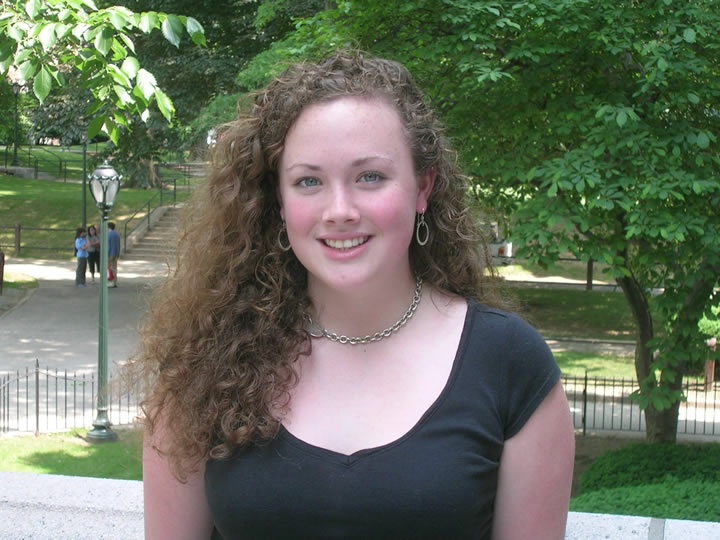 |
|
Samantha Kennelly: I was involved in research with Dr. Das during the summer after my freshman year at Fordham. During my research, I was introduced to programming in FORTRAN, including a program to compute the fast Fourier transform of a function. I intend to complete three years at Fordham as a physics major before moving to Columbia University to major in Engineering in the 3-2 program. I hope to continue research in Physics in the future. |





